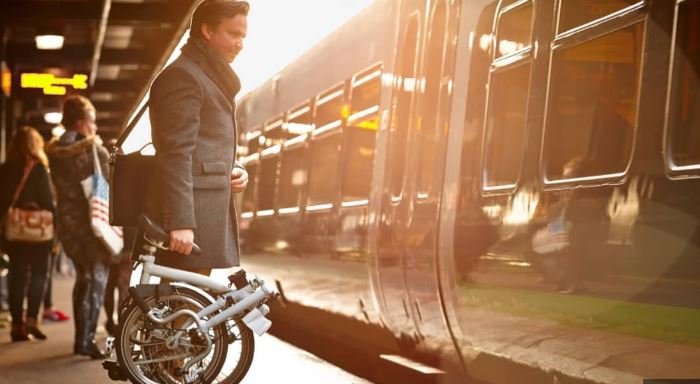Smart cities are redefining public transport through innovative technologies and data-driven solutions. As urban areas grow and evolve, smart city initiatives leverage technology to create more efficient, sustainable, and user-friendly public transport systems. By integrating advanced technologies and data analytics, smart cities enhance the overall travel experience and address key challenges in urban mobility.
Leveraging Data for Improved Efficiency
Smart cities use real-time data to optimize public transport operations and improve efficiency. Sensors installed in buses, trains, and stations collect information on passenger flows, vehicle locations, and traffic conditions. This data allows transport authorities to make informed decisions about scheduling, routing, and capacity management.
For instance, real-time tracking systems provide passengers with accurate arrival times and service updates, reducing uncertainty and wait times. By analyzing data on travel patterns, cities can adjust schedules and routes to meet demand more effectively, enhancing the overall efficiency of the public transport network.

Integrating Smart Technology for Seamless Travel
In smart cities, public transport systems integrate various technologies to provide a seamless travel experience. Mobile apps and digital platforms allow passengers to plan their journeys, purchase tickets, and access real-time information from their smartphones. These digital solutions streamline the process of using public transport and make it more convenient for users.
Moreover, smart ticketing systems enable contactless payments and reduce the need for physical tickets. Passengers can use their smartphones or contactless cards to pay for fares, speeding up boarding times and reducing congestion at stations. This integration of technology enhances convenience and encourages more people to use public transport.
Enhancing Connectivity and Multi-Modal Integration
Smart cities prioritize multi-modal transport solutions that integrate different modes of transportation, such as buses, trains, bicycles, and ride-sharing services. By creating seamless connections between various transport options, cities make it easier for passengers to switch between modes and complete their journeys efficiently.
For example, smart cities develop transport hubs where different modes of transport converge, offering easy transfers between buses, trains, and bike-sharing services. Digital platforms provide real-time information on available options, helping passengers choose the best route for their needs. This multi-modal approach enhances connectivity and reduces reliance on private vehicles.
Implementing Sustainable and Eco-Friendly Solutions
Sustainability is a key focus in smart city public transport systems. Smart cities invest in electric and hybrid buses, which reduce emissions and lower the environmental impact of public transport. Additionally, cities explore the use of renewable energy sources, such as solar power, to fuel transport infrastructure.
Smart cities also promote the use of bicycle-sharing programs and pedestrian-friendly infrastructure, encouraging residents to choose greener transportation options. By integrating eco-friendly solutions into public transport, cities contribute to reducing their overall carbon footprint and improving air quality.
Utilizing AI and Automation for Better Services
Artificial intelligence (AI) and automation play a crucial role in redefining public transport in smart cities. AI algorithms analyze data from various sources to predict travel demand, optimize routes, and manage traffic flow. This enables cities to anticipate and address issues before they arise, providing more reliable and responsive public transport services.
Automated systems, such as driverless buses and trains, are being tested and implemented in some smart cities. These autonomous vehicles promise to enhance safety, reduce operational costs, and improve the overall efficiency of public transport. By embracing automation, smart cities set the stage for future innovations in urban mobility.
Improving Accessibility and Inclusivity
Smart cities also focus on improving accessibility and inclusivity in public transport. Technology helps create transport systems that cater to the needs of all residents, including those with disabilities or limited mobility. Features such as real-time updates on accessible routes, audio announcements, and step-free access enhance the travel experience for everyone.
Digital platforms provide information in multiple languages and formats, ensuring that public transport services are accessible to a diverse population. By prioritizing inclusivity, smart cities create more equitable and user-friendly transport systems.
Conclusion
Smart cities are redefining public transport by leveraging technology and data to create more efficient, sustainable, and user-centric systems. From real-time data and smart technology to multi-modal integration and eco-friendly solutions, smart cities enhance the overall travel experience and address key challenges in urban mobility. As technology continues to advance, smart cities will lead the way in shaping the future of public transport, making it more connected, accessible, and environmentally friendly.



